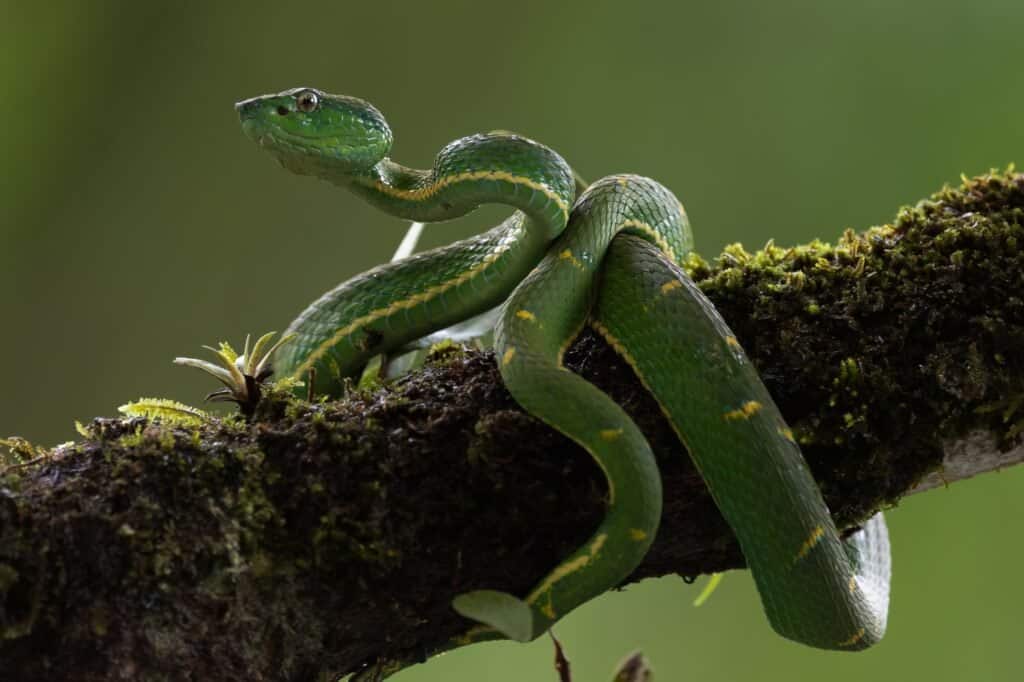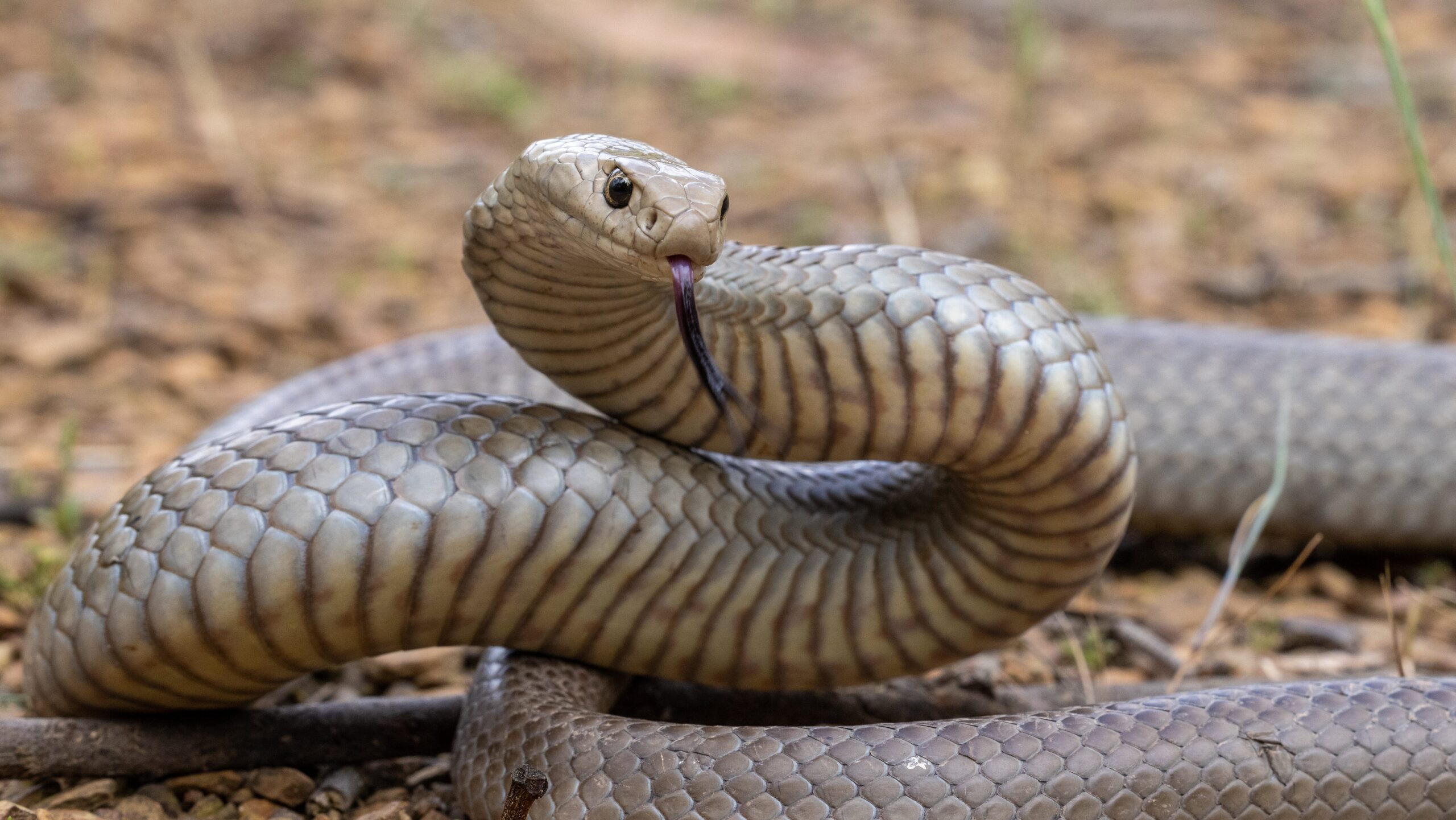Introduction
get more infoWhen it pertains to the interesting world of snakes, couple of varieties record the creativity rather like the infant tiger snake. Known for their distinctive coloration and powerful poison, these snakes are an indispensable part of Australia's one-of-a-kind ecological community. In this comprehensive short article, we will explore different facets of baby tiger serpents, including their actions, habitat, and how to securely communicate with them. Whether you're a wildlife lover or merely interested Brown Snake concerning these creatures, recognizing infant tiger snakes can help foster a deeper appreciation for nature.
Baby Tiger Snakes: What You Need to Know About Their Behavior and Habitat
What Are Infant Tiger Snakes?
Baby tiger serpents are juvenile kinds of the very poisonous species recognized scientifically as Notechis scutatus These snakes are mainly located in seaside areas of Australia, especially in Tasmania and southerly Victoria. As they grow, their coloration changes from a more low-key palette to the particular yellow and black bands that provide their name.
One noteworthy element of baby tiger snakes is their size; hatchlings generally gauge around 25-30 centimeters in length. In spite of their tiny stature, they possess a shocking amount of venom that can be harmful to human beings if bitten.
Physical Characteristics
Tiger snakes possess several vital physical attributes:


- Coloration: The distinct banding pattern frequently becomes extra noticable as they mature. Size: Grownups can get to sizes of up to 2 meters. Body Shape: They have a robust body that helps in swimming and earthbound movement.
Where Do Baby Tiger Snakes Live? Recognizing Their Habitat
Understanding the environment choices of baby tiger snakes is vital for both preservation initiatives and public security. These serpents flourish in numerous settings:
- Wetlands: Marshes and swamps give adequate hunting grounds. Coastal Regions: Typically found near beaches where they can quest for prey. Woodlands: Thick plant life provides cover from predators.
Geographical Distribution
Tiger snakes are primarily located along Australia's southern coastline, consisting of:
- Tasmania: Home to among the most notorious populations. Victoria: Especially in areas near water bodies.
Are Tiger Snakes Venomous? A Deep Dive into Their Venom
One typical concern arises when reviewing baby tiger serpents: "Are tiger serpents poisonous?" The solution is an unquestionable yes!

Venom Composition
The poison of tiger snakes includes neurotoxins that can cause paralysis, coagulopathy (blood clot concerns), and potentially fatality if untreated. Right here's what you need to recognize:
- Effects on Humans: An attack from a tiger snake can cause symptoms like swelling, discomfort at the bite site, nausea or vomiting, and also respiratory system failure.
Comparison with Other Venomous Snakes
In comparison to other Australian snakes such as the eastern brown serpent or king brownish serpent, tiger serpent poison is considered amongst one of the most powerful. However, fatalities are uncommon as a result of enhanced clinical treatments and access to antivenom.
Behavioral Patterns of Baby Tiger Snakes
Understanding exactly how baby tiger snakes act is critical for those that reside in or go to areas where these reptiles are prevalent.
Nocturnal Habits
Most infant tiger serpents display nocturnal habits. They often tend to forage for food throughout cooler night temperatures. This flexibility assists them stay clear of killers while boosting their hunting efficiency.
Hunting Techniques
Their hunting techniques include:
- Ambush Predation: Waiting stationary up until target comes close. Active Foraging: Actively relocating through plants or along waterways searching for food.
First Aid for Snake Bites: What You Need to Know
Despite being fascinating animals, experiences with child tiger serpents can result in harmful situations if bites occur. Understanding first aid procedures can conserve lives.
Immediate Steps After a Bite
Remain calm; panic raises heart rate. Immobilize the impacted limb utilizing a splint or bandage. Seek instant medical focus-- antivenom may be necessary.Creating a Serpent Bite Emergency Treatment Kit
A well-prepared emergency treatment set must include:
|Product|Purpose|| ------------------------------|--------------------------------------|| Compression bandage|To incapacitate the limb|| Splint|Supports broken bones or joints|| Antihistamines|Minimizes allergies|| Emergency situation get in touch with numbers|Quick gain access to throughout emergencies|
Common Myths Regarding Tiger Snakes Debunked
Many misconceptions border these interesting reptiles; let's make clear some misunderstandings commonly held by people.
Myth # 1: All Tiger Snakes Are Aggressive
While some individuals may show protective behaviors when intimidated, not all tiger snakes screen aggressiveness in the direction of people unless provoked.
Myth # 2: Child Tiger Snakes Are Less Hazardous Than Adults
This myth might not be better from the fact! Child tiger snakes consist golden crowned snake of nearly as much poison as grownups relative to their size; thus they pose considerable dangers if bitten.
FAQs About Infant Tiger Snakes
What do child tiger snakes eat?- They primarily eat little animals, birds, frogs, and fish.
- Look for slim bodies with faint banding patterns that end up being much more obvious as they mature.
- Yes! Birds of target and bigger reptiles may target them.
- Typically every few weeks as they proliferate during their early life stages.
- While some individuals do maintain them illegally without authorizations as a result of their dangerous nature; it's generally not advised given their poisonous status.
- With timely clinical treatment-- consisting of antivenom-- the survival price is high!
Conclusion
In summary, comprehending child tiger snakes-- what they consume, where they live, just how they act-- can furnish us with valuable knowledge about these exceptional yet hazardous creatures. The importance of education and learning surrounding first aid measures can not be overstated; understanding exactly how to respond successfully after a bite might save lives while fostering regard for our slithering neighbors within Australia's rich biodiversity spectrum.
By appreciating these serpents' functions within environments-- and acknowledging prospective hazards-- we promote coexistence rather than fear-based reactions toward each other's presence in nature's grand tapestry! Whether you're a passionate hiker considering your next adventure or simply interested about local wild animals encounters near home-- this overview works as your trusted referral factor on the enigmatic world populated by our buddies-- the stunning baby tiger snake!